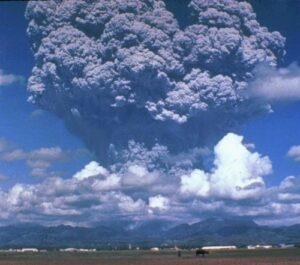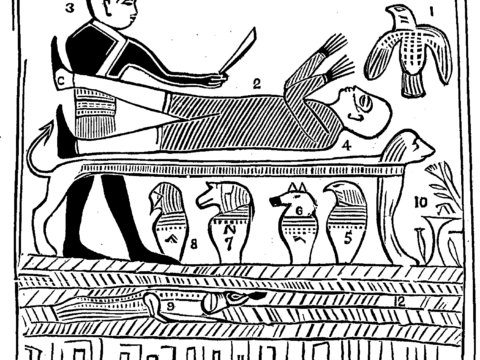With all the recent excitement over discoveries in the Arabian Peninsula that shed light on First Nephi and the Book of Mormon, some critics have made progress in qualifying their attacks. Instead of demanding concrete, scientific, archaeological “proof” of any kind that the Book of Mormon is true, they now are more likely to ask for evidence from the New World. Though evidences of any kind are unlikely to soften some hearts, there are people who may be motivated to look into the Book of Mormon with an open mind if they can at least be shown that the case against the Book of Mormon is not as fearsome as the critics would have them believe. While we have not yet found a sign saying “Welcome to Zarahemla, land of the Nephites,” there are some relevant scientific and archaeological finds that the critics can’t simply ignore. Speaking of concrete evidence, the existence of cement as a building material in Mesoamerica is surprisingly consistent with the Book of Mormon. In Mesoamerica, it was used in a place north of the narrow neck of land, in a region that suffered from a scarcity of good lumber. It was not used among the Indians Joseph Smith might have known, so he couldn’t have fabricated the Book of Mormon reference to cement based on knowledge from his surroundings.

Perhaps even more interesting is the evidence from volcanoes associated with the Book of Mormon, which puts some real constraints on where and when the Book of Mormon could have taken place. The scientific dating of massive lava flows in Mesoamerica is remarkably consistent with 3 Nephi, and poses a serious challenge for those who wish to dismiss the Book of Mormon as fantasy.
Nothing from the physical and intellectual world of man should serve as “proof” that the Book of Mormon is a book from God, but the evidences for its authenticity can serve to remove some of the smoke from anti-Mormon attacks and help others see it as a book that perhaps should be taken seriously after all.
P.S. – Benjamin R. Jordan, who is completing a Ph.D. at the University of Rhode Island involving research on volcanic ash layers in Central America, has published an article examining evidence for ancient volcanic activity around the time of the death of Christ. The article, “Volcanic Destruction in the Book of Mormon: Possible Evidence from Ice Cores,” was published in the Journal of Book of Mormon Studies, Vol. 12, No. 1, 2003, pp. 78-87, and is available as a PDF document. Examining reputable, peer-reviewed publications of ice core data from Greenland and Antarctica, Jordan shows that there are spikes in sulfate content that are consistent with significant volcanic activity around the time of the death of Christ. “There is evidence for large eruptions, within the margin of error, for the period of A.D. 30 to 40.”











